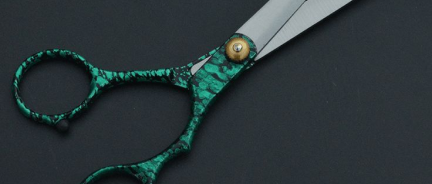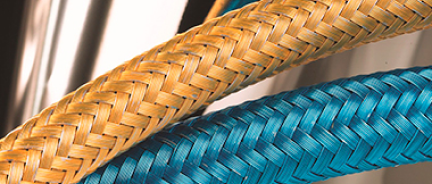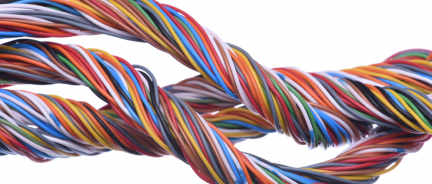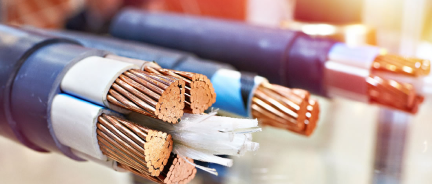Single-mode vs. Multi-mode Fiber Optic Cable: How to Differentiate?
A fiber-optic cable consists of single or multiple strands of glass that transmit light through distance at almost the speed of light. Thanks to the structure of a fiber-optic cable, it provides the fastest internet available on the market.
Two distinct types of fiber optic cables are single-mode fiber optic cables and multi-mode fiber optic cables. This cable overviews the difference between the two common types of fiber optics.

Single-Mode Fiber vs. Multi-Mode Fiber
What is the structure of a single-mode fiber optic cable?
A single-mode fiber optic wire is one with a 9-micron diameter core, which allows for transmission of only a single mode of light at the same time.
The single mode of light has higher brightness and attenuation, which means that the bandwidth of a single-mode cable is close to limitless.
Single-mode fiber optic cables are less prone to electromagnetic interference and data loss. The cable is created for long-distance data transmission. The cable is able to withstand the distance of up to 100 kilometers, with some manufacturers claiming that even a 200 km distance is a possibility.
Single-mode fiber optic cables are more expensive than multimode fiber optic cables due to the higher price of a network.
What is the structure of a multimode fiber optic cable?
A multimode fiber optic wire is a bigger cable with a 50 or 62.5 µm diameter that is capable of processing multiple cores of light at the same time.
Multimode fiber optics are cheaper, easier to install and terminate, and perfect over short distances. Their bandwidth is lower because they have higher modal dispersion from multiple sources of light.
Where are single-mode fiber optic cables used?
With their superior bandwidth and the ability to last on longer distances, more costly single-mode fiber optic cables are used in:
- Most of LAN Networks
- Point-to-point connections that cover long distances, such as from one city in the county to the other
- In a single building or to create connections between multiple buildings
- In office buildings that belong to a single company
- In schools, colleges, and hospitals that spread over multiple buildings
- In data centers
- In long-haul networks
Where are multimode fiber optic cables used?
Compared to single-mode fiber optic cables, multimode fiber optic cables are used over much shorter distances, such as in:
- A limited number of applications within the LAN network, such as strictly for video or audio applications
- Within a single building/apartment
- On smaller campuses and premises
Which Fiber Optics Cable Should I Choose?
Use multimode fiber optics wires if your network span is no longer than 500-600 meters. Single-mode fiber optic wires will be your best bet if you are looking at a longer network.
At Nassau National Cable, you can choose from hundreds of variations of multimode and single-mode fiber optic cables at some of the best prices in the industry.


















